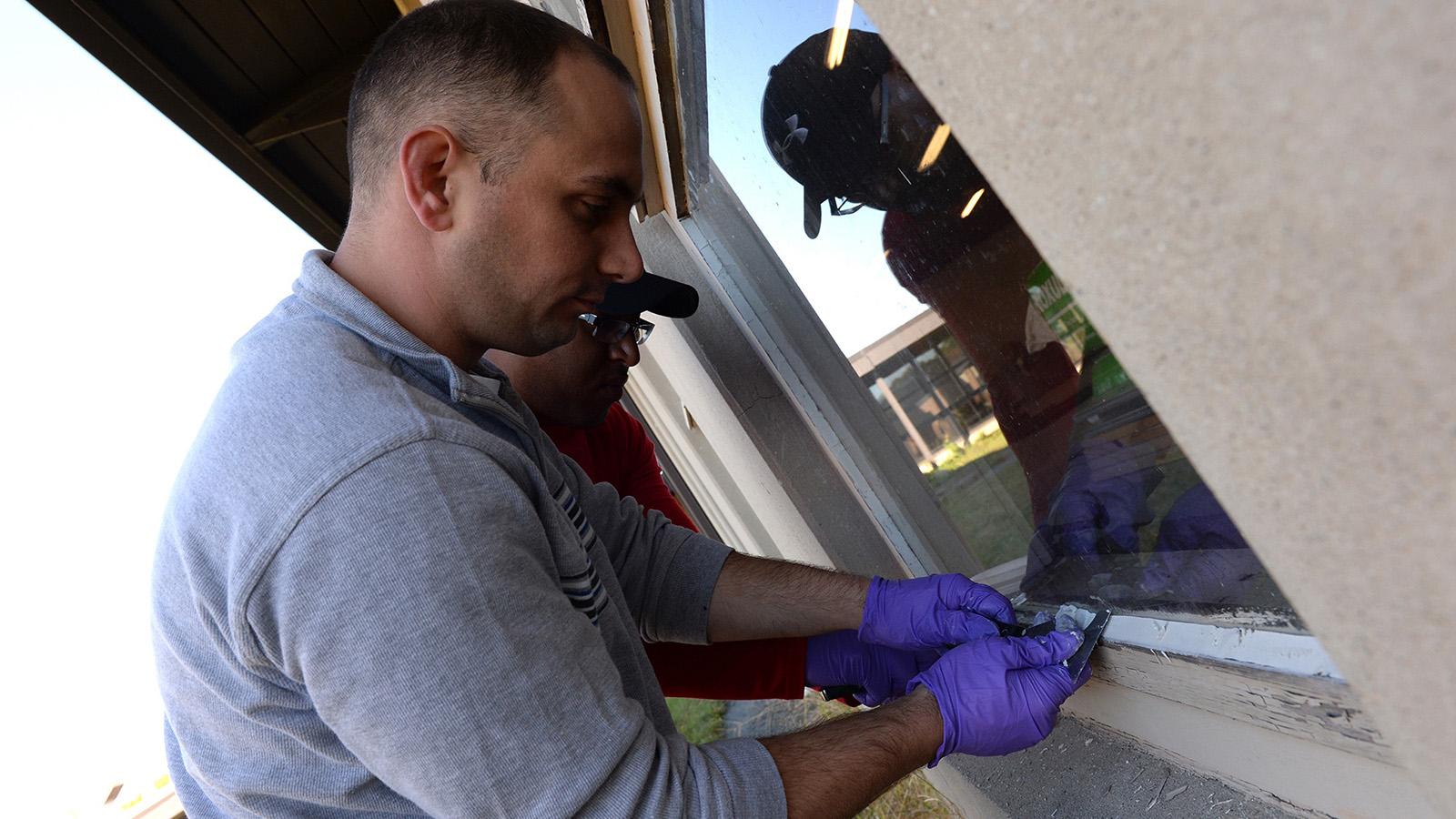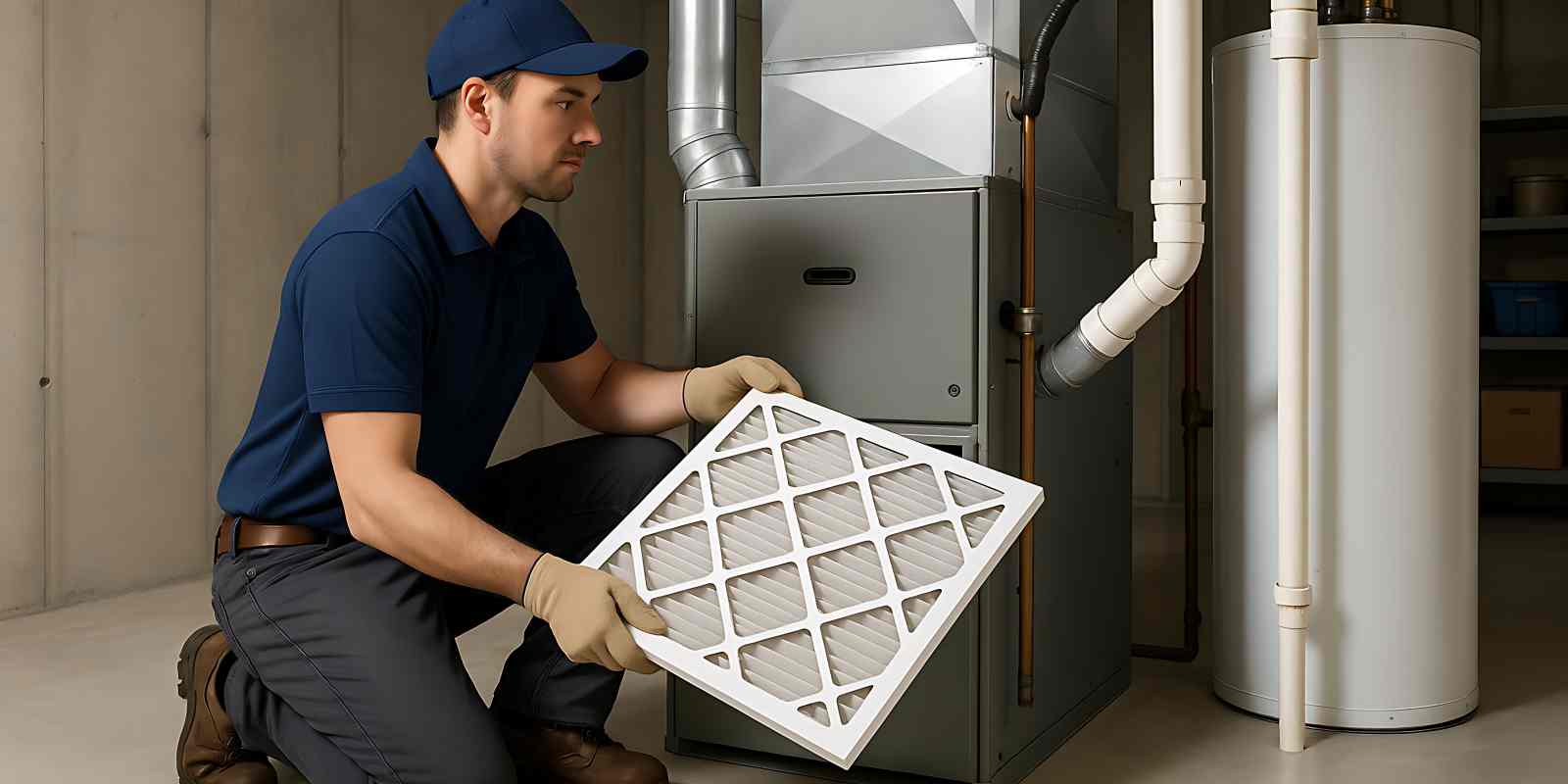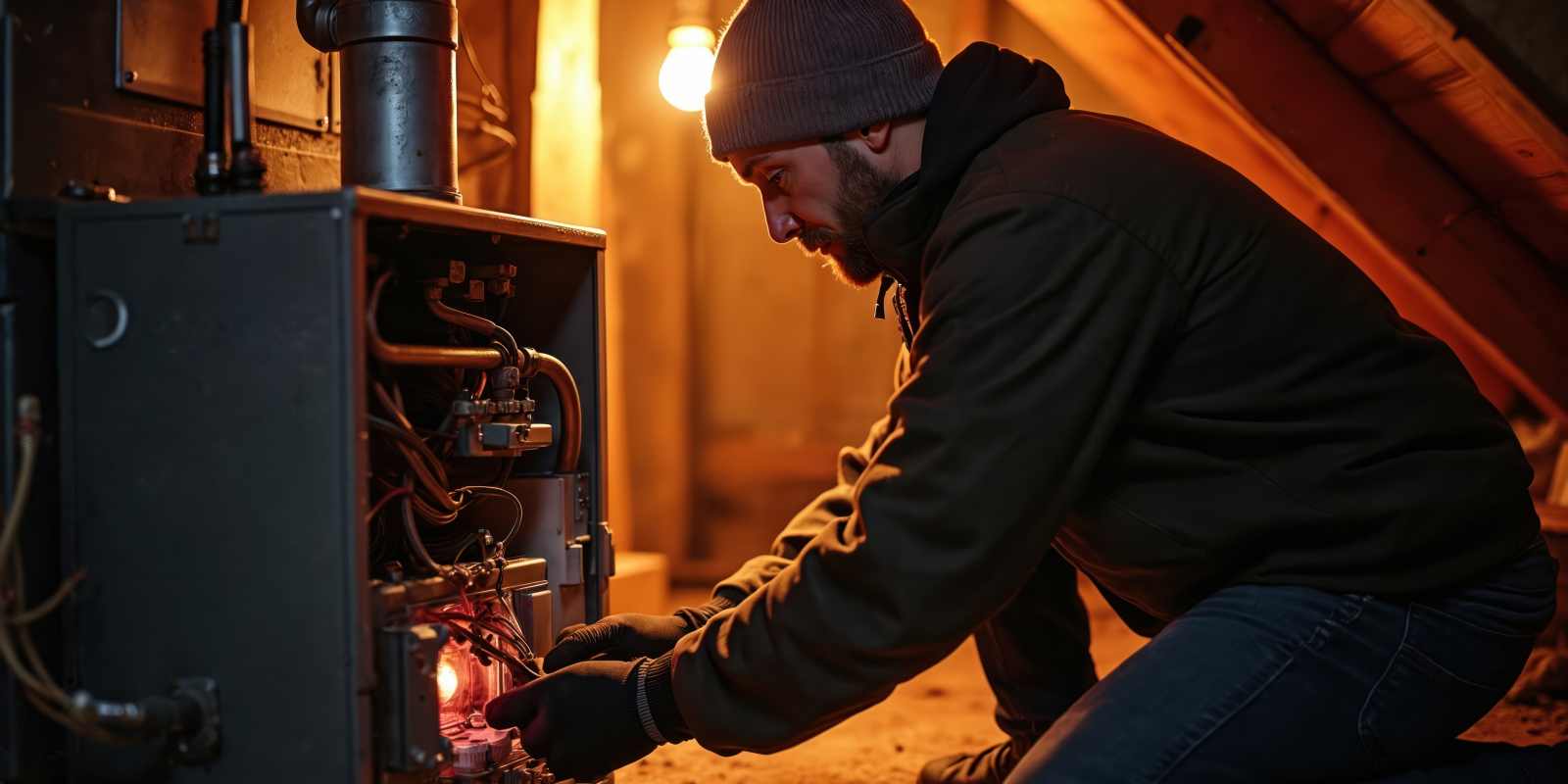
Windows provide a source of natural light and ventilation, but sometimes they cause your home to use more heat than would be the case without them. According to the U.S. Department of Energy, inefficient windows account for up to 25 percent of your household heating costs. Insulating your windows can help reduce your heating costs and create a more comfortable home environment.
How Window Insulation Works
When it is colder outside than inside, your home can lose heat through its windows. Heat can flow out of your home through:
- Thermal radiation – the absorption of heat by the glazing and the subsequent radiation of heat to the outdoors
- Conduction – the direct transfer of heat through the frames and glazing to the outdoors
- Convection – the transfer of heat from the air to the cooler glazing
- Air leakage – the passage of warm air through gaps around the windows.
Window insulation reduces heat loss by slowing conduction and, to a lesser extent, convection. The more effective your window insulation is at resisting heat transmission, the lower your heating costs.
Types of Window Insulation
There are several window insulation options available for your home. These include:
1. Storm Panels
Storm panels can be installed either on the interior or exterior of your windows. They range from temporary plastic films to permanent triple-track glass units.
2. Insulating Panels
Insulating panels typically consist of a core of polystyrene insulation. They are made so that they fit snugly against your interior window frame.
3. Caulking and Weatherstripping
Caulking and weatherstripping plug gaps around your windows to keep warm air in and cold air out. Caulking is used where the frames meet the exterior siding. Weatherstripping is used between the movable joints of windows, such as along the edges of the sashes.
4. Draperies
Heavy, light-colored draperies can make your home warmer by reducing heat loss through your windows. For maximum effectiveness, hang draperies as close to your windows as possible and let them fall to the floor.
Contact A.Borrelli Mechanical for More Energy Saving Tips
Insulating your windows is just one way to reduce your heating costs. To learn more about improving the energy efficiency of your home, contact A. Borrelli Mechanical today.
{{cta(‘0d2404cd-4d29-4f35-aa9c-7f9b30c45a1d’)}}



